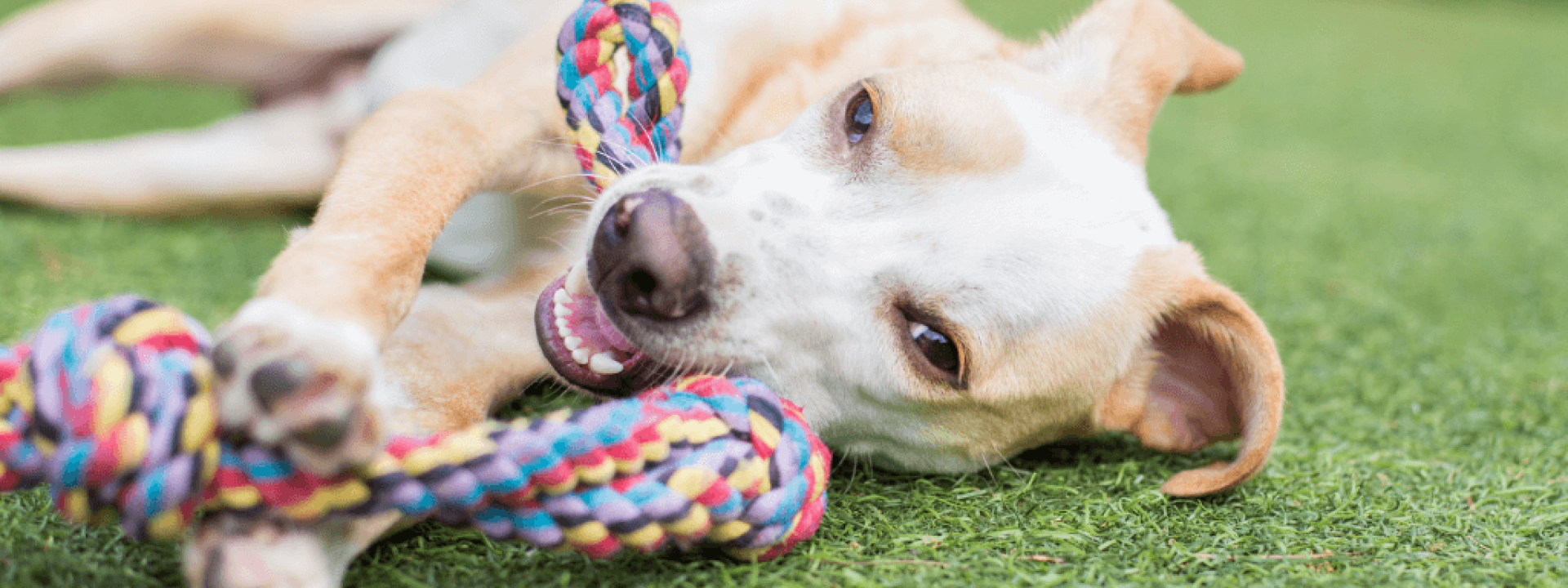According to the Washington Post, there were 26,000 more pet adoptions in the first nine months of the Coronavirus pandemic than the year before, January 6, 2021. Puppies purchased from breeders were also dramatically increased. Rover.com polled 1000 owners and 68% of Generation Z owners, and 42% of millennials plan to hire dog walkers or reserve spots in doggy daycare for their transition back to the workplace. Unfortunately, veterinarians have seen an uptick in a lack of dog training and socialization, which has made the back-to-work transition stressful for both the dog and owner.
What is your plan for your new dog?
People working from home found they had more time to care for a dog. Families with children in distance learning programs relished the opportunity to bring home a new furry friend. These pets settled in comfortably with their owners. In fact, they lived side by side nearly 24 hours a day, seven days a week. As the time rolls near for these pet owners to transition into the workplace and resume their other sports and hobbies, 30% of owners have sought advice from veterinarians on making this transition easier for their pets. Veterinarians agree that dogs require proper healthcare, good nutrition, physical activity, and mental stimulation.
Doggy Daycare Provides 6 Important Opportunities for Your Dog
Dogs are very social animals, and sometimes our lives are too busy for us to give them the constant attention and stimulation they need. Most dogs thrive on social time with other dogs and dog-loving people. Dog Daycare is an opportunity for your dog to develop social, physical, and mental skills over time by attending dog daycare several days each week. Although it may not be right for every dog, doggy daycare can provide some amazing benefits that will carry over into your home life.
Six benefits of doggy daycare are:
1. Building social skills to be better citizens with people and other dogs
2. Developing Independence to discourage separation anxiety
3. Exercising to relieve boredom to prevent destructive behaviors
4. Making new fur and human friends to relieve loneliness instead of being left at home
5. Being mentally stimulated with enrichment activities and puzzles
6. Having fun with an exciting day of play inside and out
What Can Happen If My Dog Does Not Adjust Well To Being Alone?
When dogs lack appropriate exercise and social stimulation and are left alone with built-up energy or are mentally bored, undesirable behaviors can develop. Excessive barking, house soiling, destructive chewing, self-harm, and separation anxiety can occur. And the last thing we want to see as veterinarians is for you to have to rehome your canine companion.
What is Separation Anxiety?
When you acquire a new puppy or dog into your household, it is essential to train them to have proper house-breaking skills and learn manners about chewing and barking. Most pets learn these skills easily and quickly.
However, sometimes that same dog changes their behavior as you prepare to leave home or when they have been left alone. They may display symptoms of distress such as anxiety or excessive drooling triggered by the separation from their caretaker. A dog with separation anxiety will often begin barking and displaying distress behaviors within a short time after being left alone—often within minutes.
Some of the things that dogs with separation anxiety may do are:
- Urinate or defecate
- Bark or howl
- Chew things other than their chew toys
- Dig and destroy bedding or furniture
- Injure themselves trying to escape from their environment
Is Dog Daycare Right For Every Dog?
Dog daycare is an excellent option for many puppies, adult dogs, and senior dogs. Most dogs socialize well, enjoy playing with other dogs, and love the staff’s interactions. They come home tired, relaxed, and are happy to return another day.
Some dogs may not enjoy dog daycare. In these cases, owners can make alternate arrangements for their dogs. Dog walkers that come to your home and interact with your dog one-on-one may be a great option.
It is critical to set your new dog on the right course to maximize his success in becoming the trusted family member you were expecting.
Some of the things you can do to ensure your dog is well-adjusted are:
- Socialize your dog well.
- Teach them appropriate home manners.
- Schedule plenty of exercise.
- Leave your dog for short periods before you make a significant transition, like returning to work full time to get them used to it—you can even give put your dog’s favorite treat or toy in their crate (if you use a crate when you’re gone) so that they associate you leaving with something positive.
- Plan and budget for the times you will be gone.
Many pet parents even schedule dog walkers and dog daycare even when they are working from home! Perhaps enrolling your dog in dog daycare is right for you, your dog, and your family. If you have any questions about what might be the best option for your dog when you’re at work or elsewhere, don’t hesitate to give us a call for recommendations.

